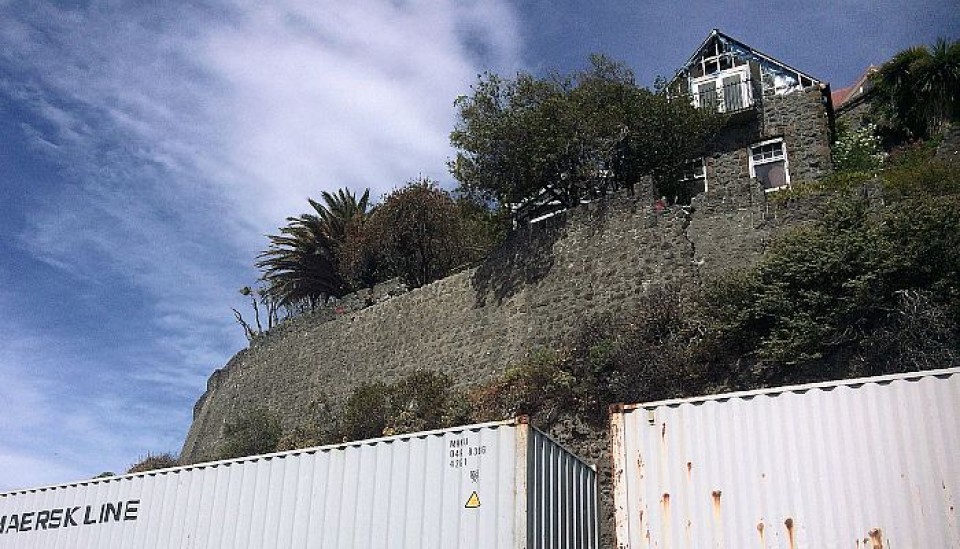Court Insurance Case – IAG
Recent Supreme Court Insurance Case – IAG New Zealand Limited v Moore [2020] NZSC 122
Mr Moore’s house suffered damaged in the 22 February 2011 earthquake in the amount of $2.08 million. The 13 June 2011 earthquake caused a further $2.77 million worth of damage.
Mr Moore was insured by IAG New Zealand Limited (IAG) under a sum insured policy with a limit of$2.5 million. Mr Moore argued that he was entitled to a total of $5 million ($2.5 million for each earthquake which damaged his home). IAG disagreed and took the view that the September 2010 earthquake was the cause of the Canterbury Earthquake Sequence, and as such Mr Moore was only entitled to $2.5 million (his sum insured) in respect of the damage for both earthquakes. Mr Moore filed proceedings in the High Court in 2019.
The High Court’s decision turned on the interpretation of the aggregation clause in Mr Moore’s insurance policy. Aggregation clauses enable separate losses to be treated as a single loss in certain circumstances, with the effect that cover for multiple losses can be limited to the sum insured. Mr Moore’s insurance policy provided that:
The most that we [IAG] pay for any loss (or any series of losses caused by one event) is the sum insured shown in the schedule.
Mr Moore’s policy defined “one event as “a single event or series of events which have the same cause.”
The High Court said that the losses to the house caused by the February and June 2011 earthquakes were a “series of losses” caused by “a series of events” which had the same cause, being the September 2010 earthquake. The High Court sided with IAG and held that Mr Moore’s cover was limited to $2.5 million.[1]
As this outcome would have left Mr Moore $2.5 million out of pocket for damage from the June 2011 earthquake, Mr Moore appealed the High Court’s decision to the Court of Appeal. The Court of Appeal disagreed with the High Court and held that each earthquake was a separate and temporarily distinct occurrence of loss and therefore could not be a “series of losses”. Therefore, Mr Moore’s cover was not limited to $2.5 million.
The Court of Appeal considered that the proximate cause of the June 2011 earthquake was not the September 2010 earthquake, as each event involved different faults. Although the seismic stressors culminating in the 4 September 2020 earthquake took thousands of years to build, the consequential rupture of several different faults during the Canterbury Earthquake Sequence could not be treated as a single event for the purpose of Mr Moore’s insurance policy.
IAG applied for leave to appeal to the decision to the Supreme Court, and the Supreme Court has now refused leave to appeal. This means that the Court of Appeal decision stands, and Mr Moore is entitled to insurance cover up to his sum insured of $2.5 million for each event which damaged his home.
We understand that insurance disputes can be difficult to navigate. If you would like assistance with any other insurance matters, please contact Jessica Manson.
[1] Moore v IAG New Zealand Ltd [2019] NZHC 1549.
